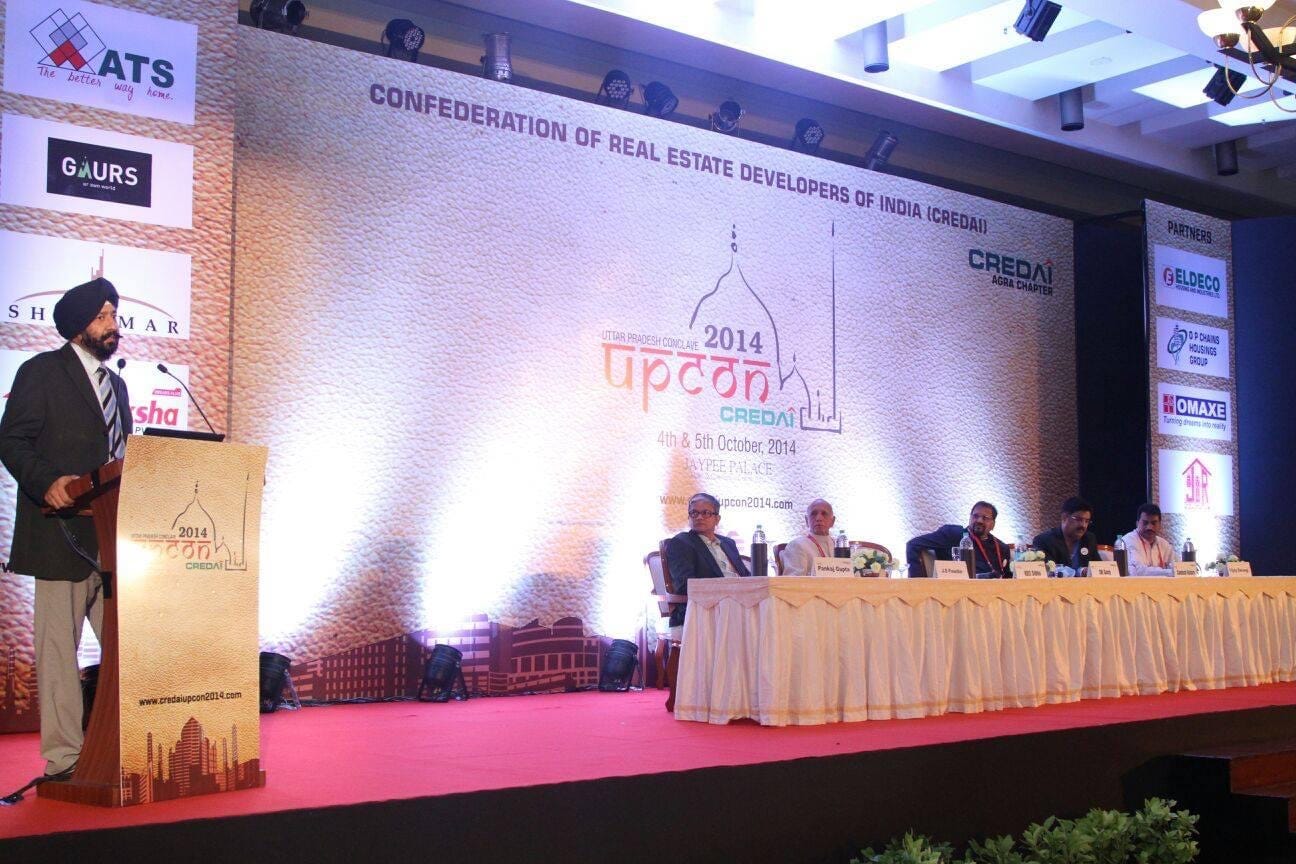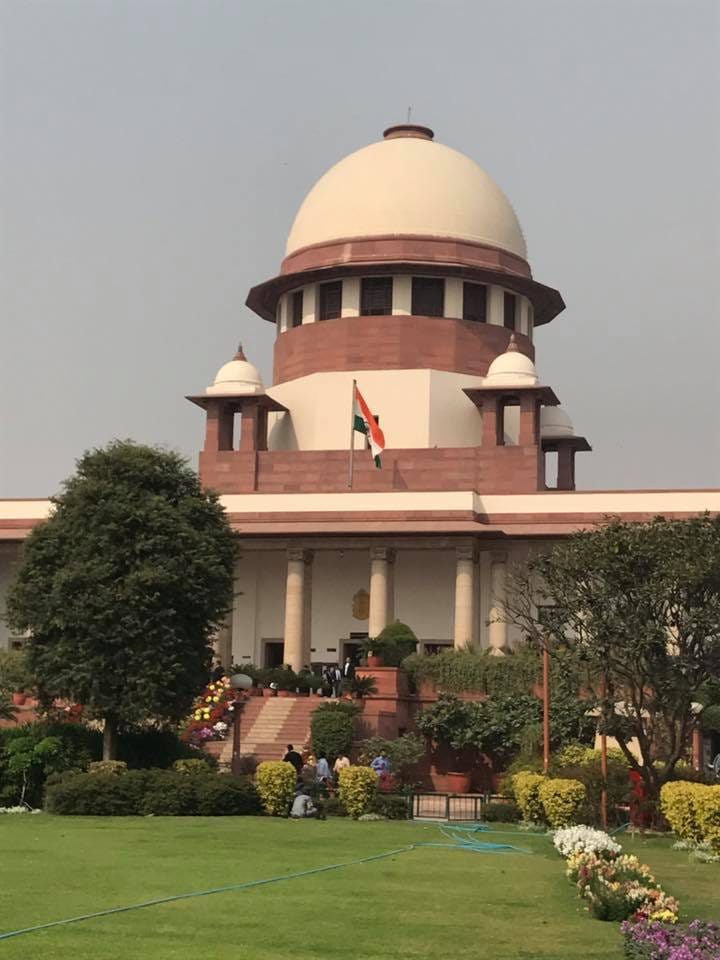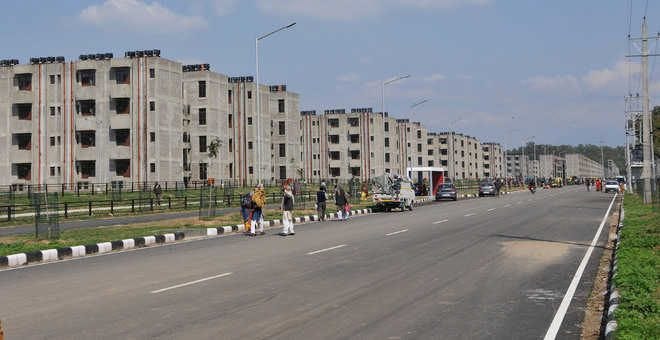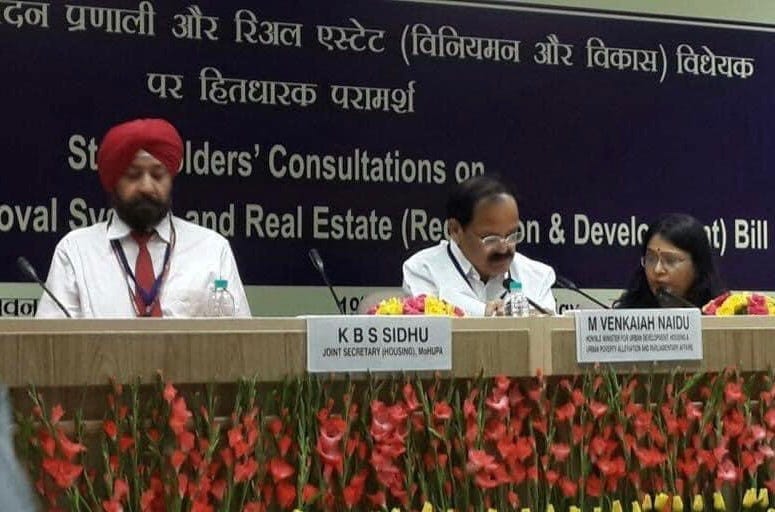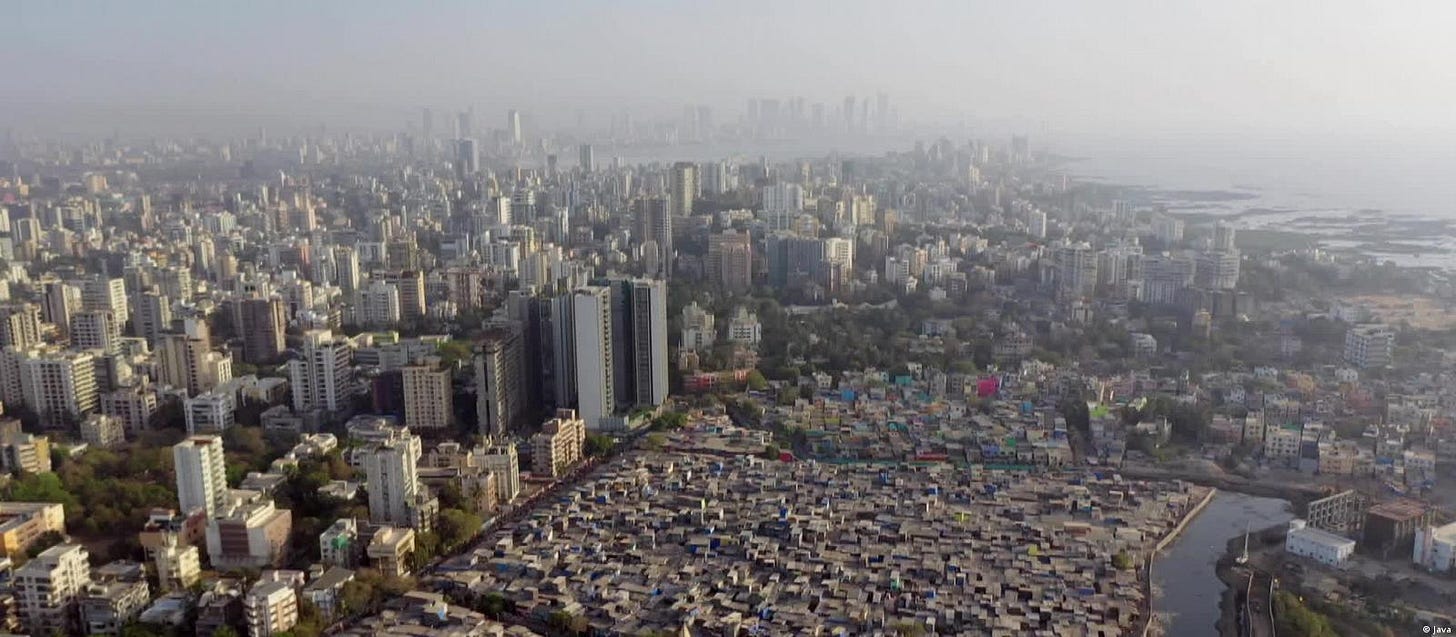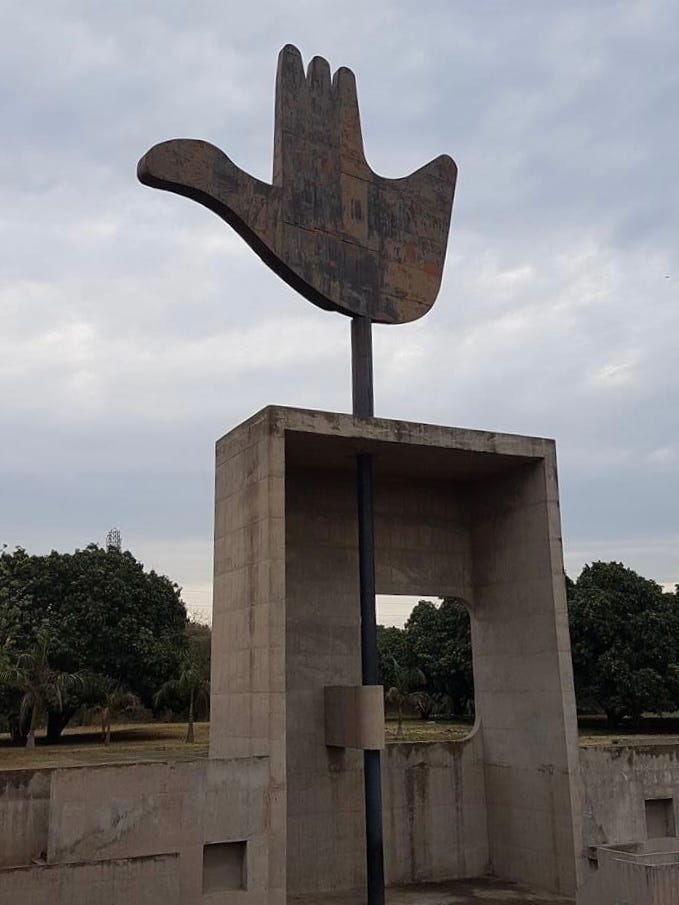"Can You Be Deprived of Your Land, Without Compensation?" Supreme Court's Landmark Ruling
Yes, the Government can take-away a private promoter's "open spaces" and "amenities", free of cost. Supreme Court Reverses Bombay High Court Judgement.
Supreme Court Verdict on Public Utility Land
The Supreme Court of India has recently adjudicated that the government is within its legal rights to mandate that landowners cede a portion of their land for public utility purposes, without any compensation. This overrules a prior judgement from the Bombay High Court, which had nullified provisions in a Maharashtra Government Notification dated 18 August 2004. The issue at hand emerged from appeals concerning the Shirdi Nagar Panchayat. The Bombay High Court had partly upheld writ petitions from landowners, who challenged specific conditions in the aforementioned notification. According to the apex court, these landowners and plot holders had prior knowledge that a proportion of their land would be allocated to the Municipal Council for public utilities. Moreover, the Supreme Court crticised the Bombay High Court for conflating 'amenity space' with 'open space', stipulating that the former is what ought to be ceded to the Municipal Council as a prerequisite for transitioning land from a 'No Development Zone' to a 'Residential Zone'.
Balancing Constitutional Provisions with Public Interest
This ruling was brought to my attention by a senior retired colleague, who also served as Chief Secretary Punjab. On the face of it, the Supreme Court judgement, particularly when interpreted in light of the newspaper article's caption, could be construed as conflicting with Article 300A of the Constitution of India, which states: "No person shall be deprived of his property save by authority of law."
On one side of the argument, the importance of upholding individual constitutional rights cannot be understated. Article 300A exists to safeguard property rights, generally stipulating that deprivation of property must be under a well-defined legislative framework. Critics may assert that requiring landowners to part with a percentage of their land without compensation seems to violate this constitutional protection.
Conversely, the needs for public utility and social welfare are equally compelling. The principle of eminent domain, wherein the state has the authority to acquire private land for the common good, is a widely acknowledged legal tenet. The Supreme Court's ruling might be seen as an extension of this idea, particularly since the landowners were informed that a segment of their land would be allocated for public utility purposes at the time of purchase.
In my view, the crux of the matter lies in the phrase "authority of law" as included in Article 300A. If there exists a clear and fair law specifying the conditions under which land can be appropriated for public utility, then the Supreme Court's judgement may well be in harmony with the Constitution. The critical issue here is that any such law must be explicit, fair, and transparent to ensure that individual rights are not infringed upon in an arbitrary manner. The alignment of this ruling with Article 300A may ultimately depend on the specifics and fairness of the original government notification and any related legislation.
Constitutional Nuances and Practical Implications
The 44th Constitutional amendment transposed the right to property from the category of Fundamental Rights to that of a constitutional right. Although it no longer enjoys the prominence of a Fundamental Right, it is still accorded higher regard than ordinary statutory rights under central or state law. This distinction has often been invoked by constitutional courts when grappling with issues of compensation related to compulsory land acquisition, under both the new act and its predecessor.
The critical question at hand is whether the requisitioning of "open spaces" and "amenities" without compensation from private developers can withstand scrutiny under Article 300A. In my opinion, any state or central law, or even a notified policy pertaining to land use alteration or development of colonies or high-rise complexes, necessitates leaving certain areas as open spaces and amenities. This is essential not just from a town planning perspective but also for broader social welfare considerations. This requirement is universal, applying whether the development is spearheaded by a private promoter or a statutory or corporate authority of the Central or State Government. Whereas private developers generally adhere to the minimum requirements for open spaces and amenities, public sector organisations are often more liberal in this regard.
Therefore, if such a mandate for open spaces and amenities is laid out clearly and transparently in the relevant laws or policies, the Supreme Court's ruling may indeed align with the ethos of Article 300A. The key is ensuring that the law is explicit and fair, thereby balancing individual property rights with the collective good.
The Litmus Test: Open Spaces and Amenities
Let us first address the question of open spaces, which primarily include roads, kerbs, footpaths, and public parks. Prescribing reasonable norms for these, in accordance with well-established national and international standards like the National Building Code, is undoubtedly necessary. However, the crux of the matter lies in determining whether these spaces should remain under the ownership of the promoter or be transferred to the state government or relevant state authority upon project completion, and that too, free of cost.
Ownership and Maintenance of Open Spaces: A Dual Concern
In this context, two key points warrant consideration. First, if ownership of these open spaces remains with the promoters, there is a significant risk that unscrupulous individuals may, at some future date, illegally and without authorisation, sell land designated for parks. This would contravene the originally sanctioned layout plan, especially as land revenue records would continue to list the promoter as the owner.
Second, it's crucial to consider that the maintenance of these roads or parks poses an ongoing concern. Contrary to appearing as assets, these spaces actually represent continuous and accumulating liabilities for the promoter post-completion of the project. Many promoters, in fact, specify—and governing statutes often recommend—that ownership of these areas be transferred to the Plot/Apartment Owners Association after a period of five years following completion. When a state authority or municipal body assumes control of these spaces, it essentially takes on a maintenance liability rather than acquiring an asset free of cost, thereby not contravening Article 300A.
Amenities and Public Services: A Question of Ownership and Operation
As regards amenities, these typically include schools, dispensaries, and potentially sites for drinking water supply tube wells, electric substations, or even common effluent treatment plants. While it is the promoter's responsibility to provide water and electricity and maintain related infrastructure, either directly or through agents or the owners' association, the matter of schools and dispensaries warrants separate consideration.
Health and educational institutions are integral to any residential development, and there are established norms regarding how much area or how many dwelling units should be allocated for a dispensary, a primary school, or even a senior secondary school. In our view, if the state government wishes to run schools, funding construction and staff salaries while charging minimal or no fees, there should be no issue with transferring these sites to the state government at no cost. However, if the state government or the relevant authority sells off these sites through open auction, this would likely infringe upon Article 300A of the Constitution. A grey area arises when the promoter is willing to run schools and dispensaries without transferring ownership, offering services to residents at reasonable rates. This is an issue yet to be resolved in court.
Socio-Economic Policy and Article 300A: The Case of EWS Housing
While considering the apex court's judgement on open spaces and amenities, it's also pertinent to discuss housing for "Economically Weaker Sections" (EWS) provided by private developers, promoters, or colonisers. This isn't a town planning necessity but rather a socio-economic policy aimed at equitable benefits for underrepresented societal segments. For instance, the Punjab Apartment and Property Regulation Act, 1995 (PAPRA), the governing statute for granting licences for residential and commercial developments in Punjab, stipulates that 10% of developments larger than 40 hectares should be allocated for EWS housing. The Act provides general guidelines for such allotments, including eligibility criteria. However, grey areas still exist, such as who will bear the construction costs or whether the land earmarked for EWS will be transferred to the state government for implementation. The rates and criteria for these EWS units also remain to be definitively established.
Nonetheless, in our view, transferring this 10% of the area either free of cost or on a cost-plus-acquisition basis, as opposed to the prevailing market price, would not infringe on Article 300A. This is because it is a socio-economic policy measure, and the procedure is codified in the governing statute. In other words, EWS policy must be rooted in legislative backing and cannot be implemented merely through executive instructions.
Striking a Balance: Regulation and Development in the Wake of the Supreme Court Judgement
The recent Supreme Court judgement is indeed welcome, clarifying uncertainties in a landscape where many private promoters seem eager to retain control over public spaces and amenities to generate quick profits. However, urbanisation and private development in residential and commercial sectors remain complex and contentious issues. While promoters argue that the sector is heavily regulated, with multiple authorities delaying permissions, we now also have the overarching presence of RERA under a Central Law, adding another layer of what they see as strangulation. Conversely, the prevailing view within urban development and municipal affairs departments is that unless developers are held accountable, both the original landowners and end-users could be at a disadvantage, with only the promoters or sales agents benefiting.
In our opinion, the truth likely resides between these two extremes. While regulation is undoubtedly necessary for housing and urban development, it should not be so stringent as to make it virtually impossible to obtain permissions within a reasonable timeframe. It's worth noting that excessive delays, whether in granting permissions or due to bureaucratic red tape, can lead to crippling setbacks, especially for projects significantly funded through debt.
Redefining Partnerships: The Need for a Collaborative Approach in Housing and Urban Development
Therefore, similar to how industrial promotion departments view investors, promoters, and industrialists as partners in progress, a mindset shift is needed among bureaucrats in housing and urban development departments. Private colonisers and promoters should be regarded as partners and facilitated to complete projects on time. This would create a win-win situation for all stakeholders—the promoter, the state government, which would receive its dues promptly, and the end-users. Moreover, the overall city would benefit from balanced urban development rather than haphazard, slum-like structures that result from unauthorised development when the legal route is cumbersome. The choice is not between the outstanding and the very good, but between the unsightly and the reasonably good.





